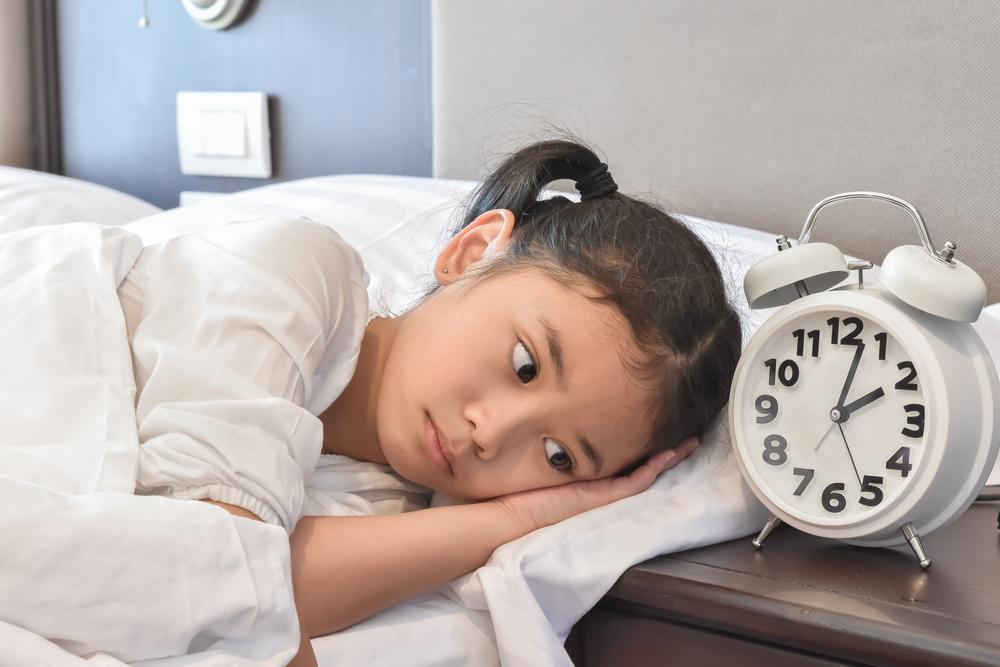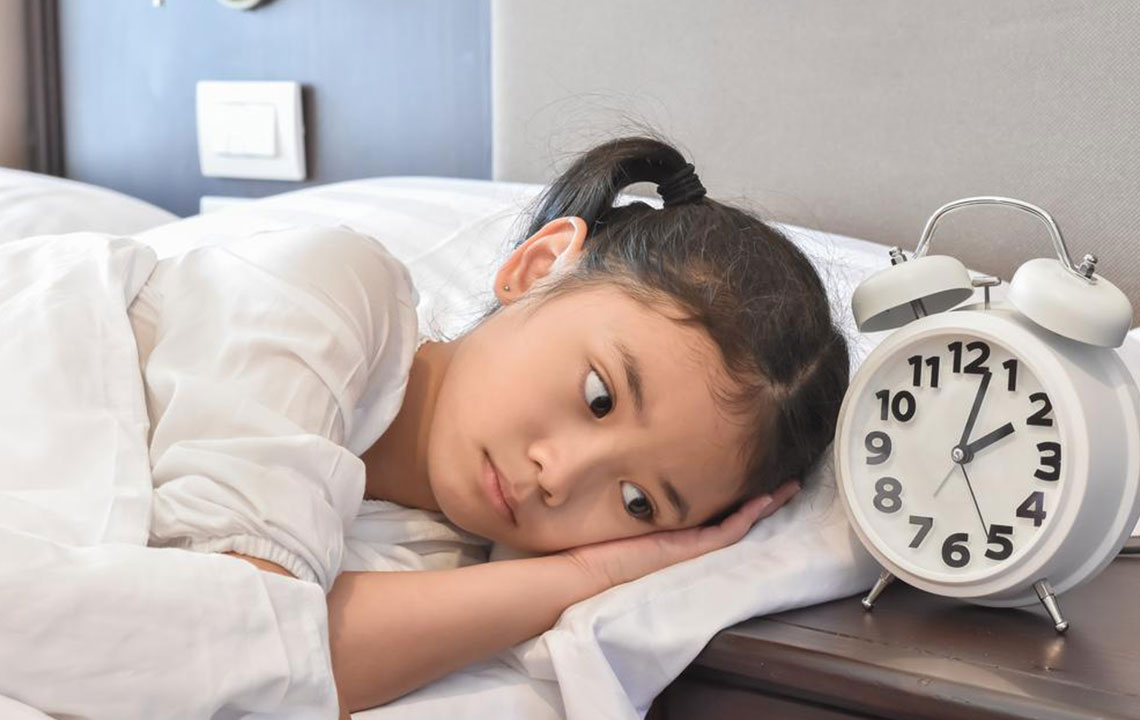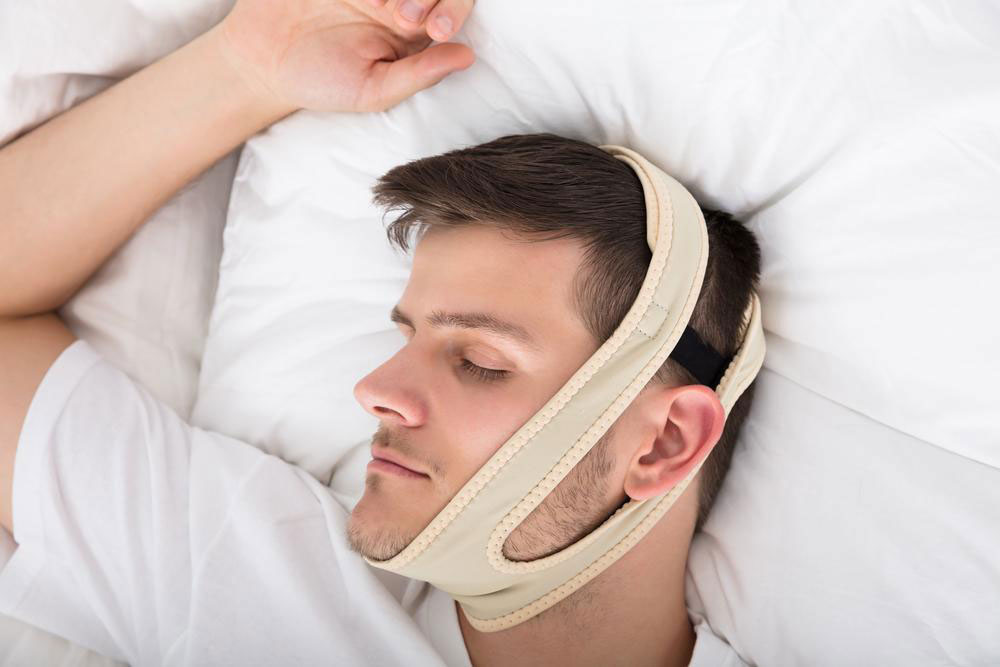Early Detection of Sleep Problems in Children: Signs, Causes, and Solutions
This comprehensive article emphasizes the importance of recognizing early signs of sleep problems in children. It covers common symptoms like sleepwalking, bedwetting, nightmares, and snoring, along with practical strategies for parents to address these issues. Early detection and intervention can significantly improve children’s sleep quality, health, and development. The article provides expert tips on establishing effective bedtime routines, creating a safe sleep environment, and seeking professional help when necessary. Ensuring healthy sleep habits in children is vital for their physical, emotional, and cognitive growth.

Early Detection of Sleep Problems in Children: Signs, Causes, and Solutions
Sleep is essential for a child's growth, development, and overall health. However, many children experience sleep disturbances that can impact their physical, emotional, and cognitive well-being. Recognizing the early signs of sleep problems in children is critical for parents and caregivers to intervene promptly and ensure healthy sleep habits. When sleep issues are identified early, they can often be addressed more effectively, preventing long-term health consequences.
Children's sleep patterns change as they grow, but understanding their specific sleep needs at different stages is important. Newborns typically sleep around 16–17 hours per day, distributed between naps and nighttime sleep. Toddlers require approximately 12–14 hours, including daytime naps. As children age, sleep needs gradually decrease, but children under 18 should still aim for 8–10 hours of restful sleep each night. Adequate sleep supports their immune system, cognitive development, emotional regulation, and physical growth.
Despite these needs, many children suffer from various sleep disturbances. These issues can manifest in common behaviors or symptoms that parents should be vigilant about. Recognizing these early warning signs allows for timely intervention, reducing the risk of associated health problems such as learning difficulties, behavioral issues, obesity, and emotional disorders.
Some typical signs of sleep problems in children include sleepwalking, bedwetting, nightmares, difficulty falling asleep, excessive daytime sleepiness, and loud snoring. Each of these symptoms can indicate different underlying issues, ranging from sleep deprivation to more serious conditions like sleep apnea or neurological concerns. Parents should be attentive to these signs and seek professional guidance when necessary.
Sleepwalking, also called somnambulism, often occurs during deep sleep stages and can last from a few seconds to several minutes. During episodes, children may walk, perform activities, or even talk while still asleep. Safety is paramount, as children might walk into dangerous areas, fall, or injure themselves. It’s advisable to ensure a secure sleeping environment, remove hazards, and avoid waking a sleepwalking child unless necessary. Instead, gently guide them back to bed to prevent confusion and agitation.
Bedwetting, or nocturnal enuresis, affects many young children and can be a normal part of development. However, persistent bedwetting beyond age five might warrant consultation with a healthcare professional, especially if associated with other developmental delays or sleep apnea. Addressing potential causes such as bladder training, limiting fluid intake before bedtime, and evaluating for medical issues can be helpful.
Nightmares and night terrors can induce fear and emotional distress in children. Nightmares usually occur during REM sleep and can wake children up, leaving them anxious or fearful. Night terrors, often happening during non-REM sleep, typically occur early in the night and may not involve full awakening or memory of the event. Parents should provide comfort after episodes and maintain consistent sleep routines. Reducing stress, limiting screen time before bed, and creating a calming environment can help minimize these disturbances.
Excessive daytime sleepiness, characterized by drowsiness, inattentiveness, or irritability, often reflects poor sleep quality or quantity overnight. Children may doze off during class or while engaging in activities, which can interfere with learning and social interactions. Underlying issues such as obstructive sleep apnea or insufficient sleep duration should be evaluated by professionals.
Loud snoring is another indicator of potential sleep disorders, especially if accompanied by breathing pauses, restless sleep, or morning headaches. Enlarged tonsils, nasal congestion, or obesity can contribute to breathing difficulties during sleep. If snoring persists and disrupts restful sleep, a medical consultation is recommended to investigate possible sleep apnea or other airway obstructions.
Effective management of childhood sleep problems involves establishing a consistent bedtime routine that promotes relaxation. Reducing stimulating activities before bed, such as screen time or vigorous play, helps children wind down. Creating a sleep-friendly environment with comfortable bedding, minimal noise, and suitable lighting can enhance sleep quality.
If sleep issues persist or worsen, consulting a healthcare professional, pediatric sleep specialist, or psychologist can help identify underlying conditions and recommend appropriate interventions. Sleep studies, behavioral therapies, or medical treatments may be necessary depending on the diagnosis.
In summary, parents and caregivers play a pivotal role in recognizing early signs of sleep problems in children. Paying attention to behaviors such as sleepwalking, bedwetting, nightmares, snoring, and excessive daytime sleepiness is crucial. Early intervention not only improves sleep quality but also supports healthier physical and emotional development in children. Prioritizing sleep health can lead to better academic performance, improved mood, and overall well-being in children’s lives.





